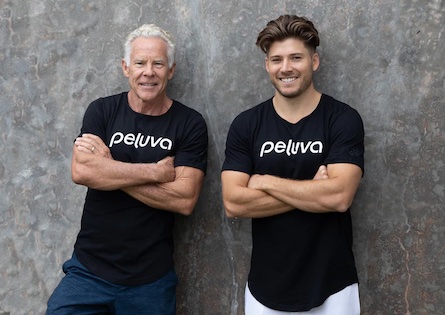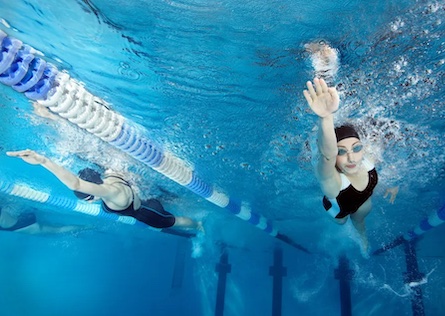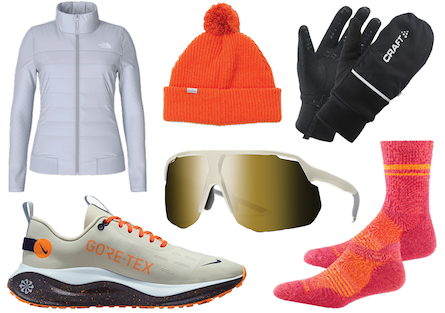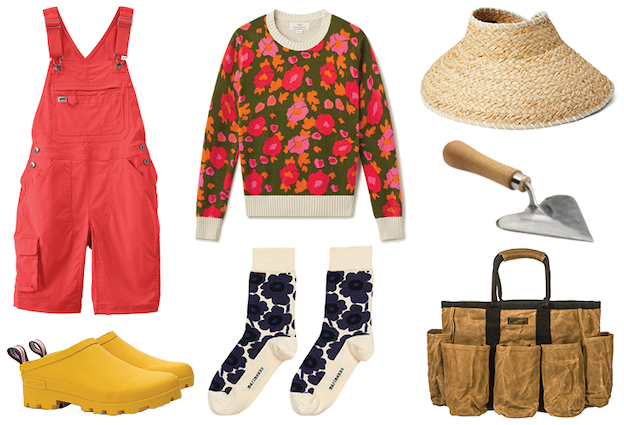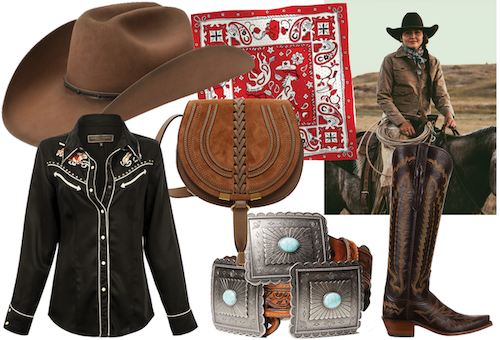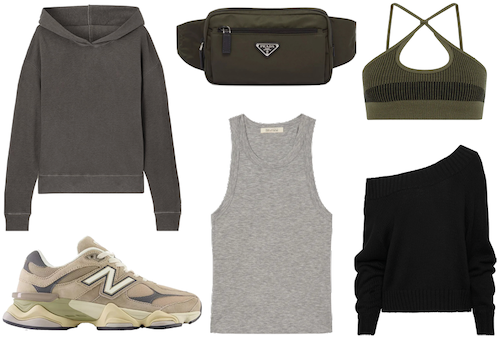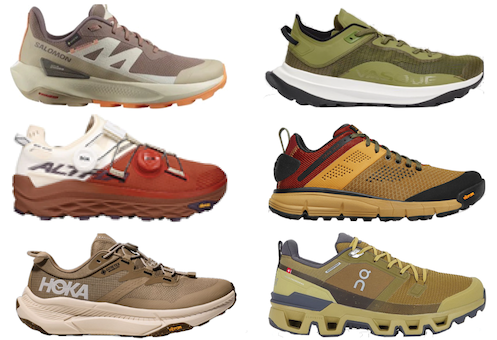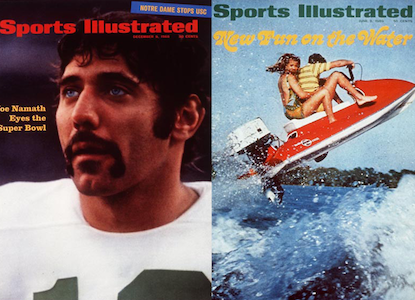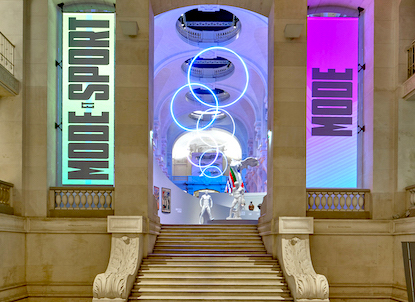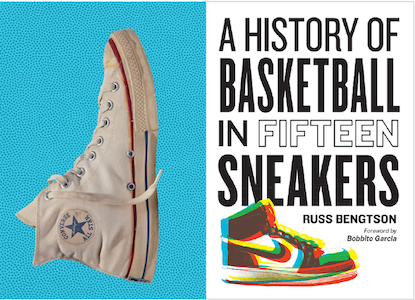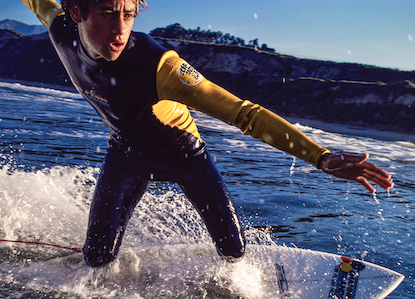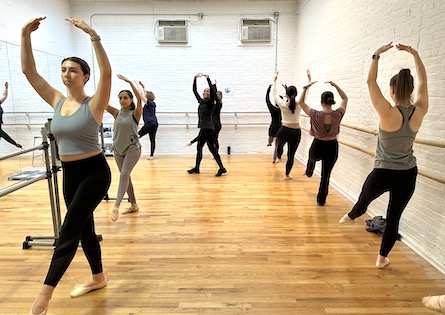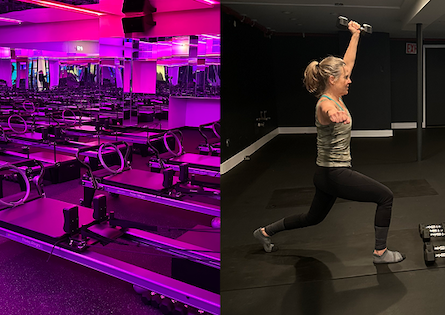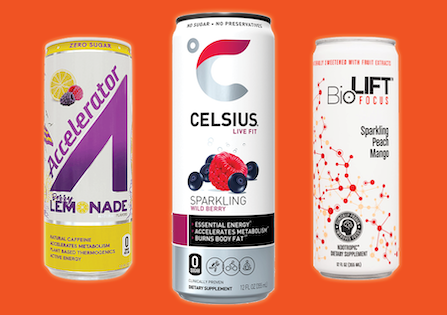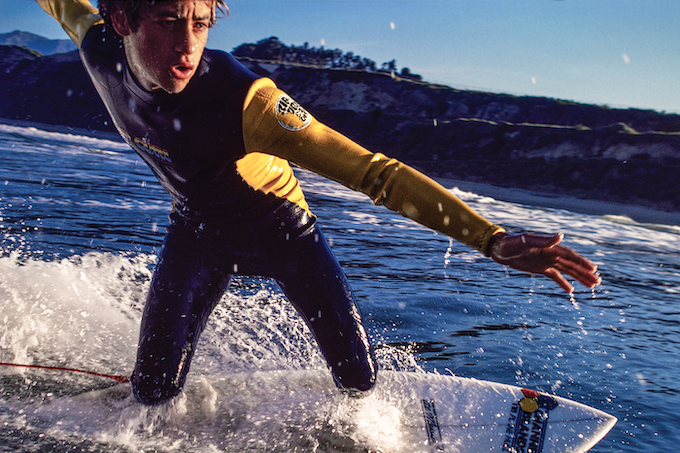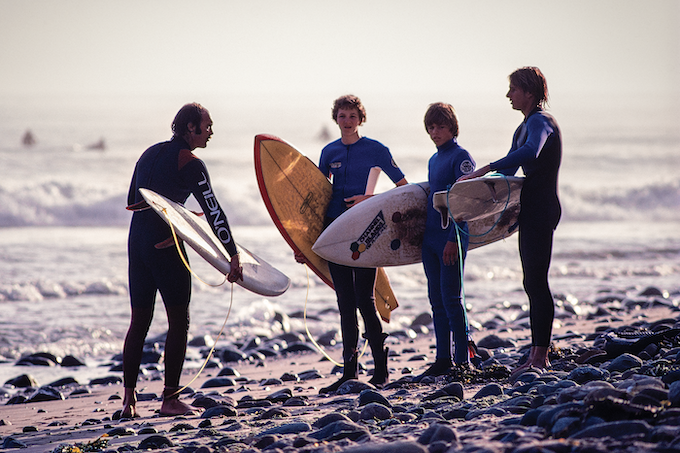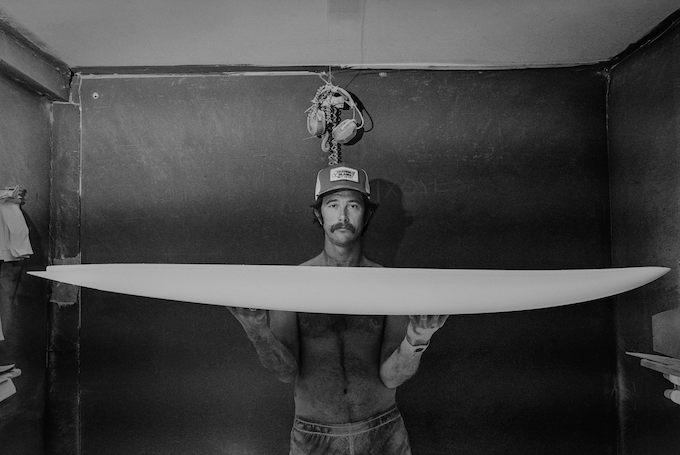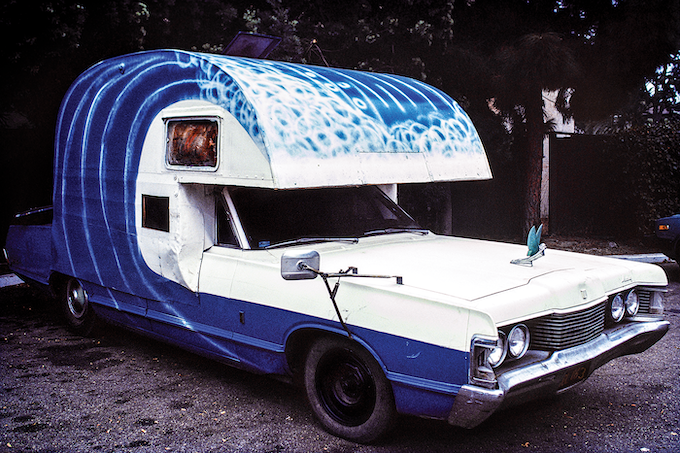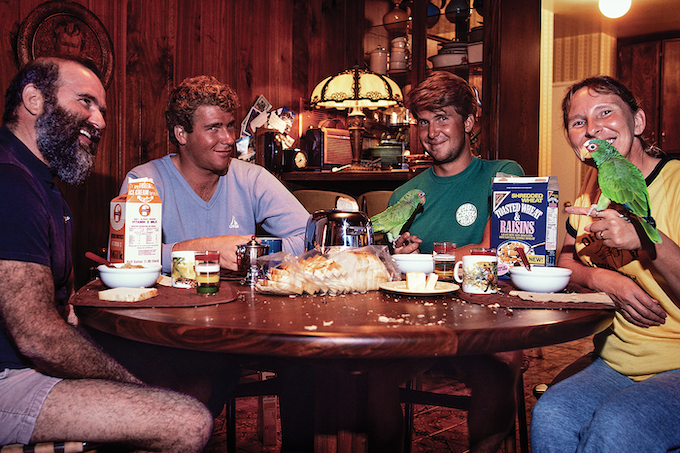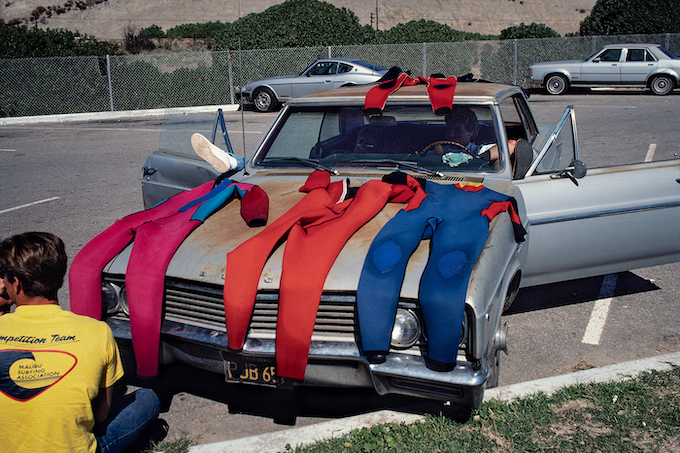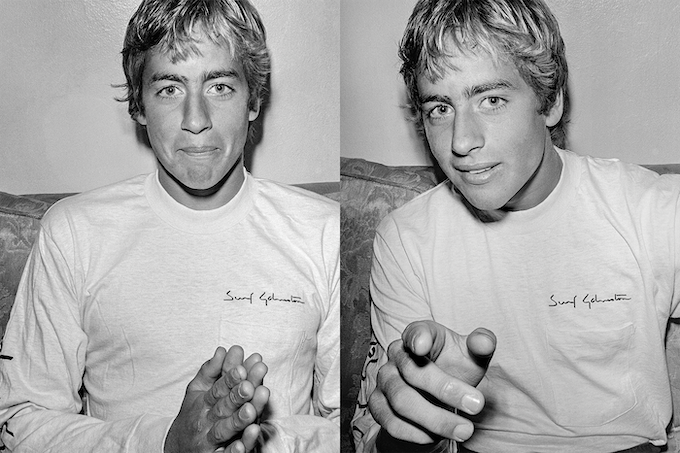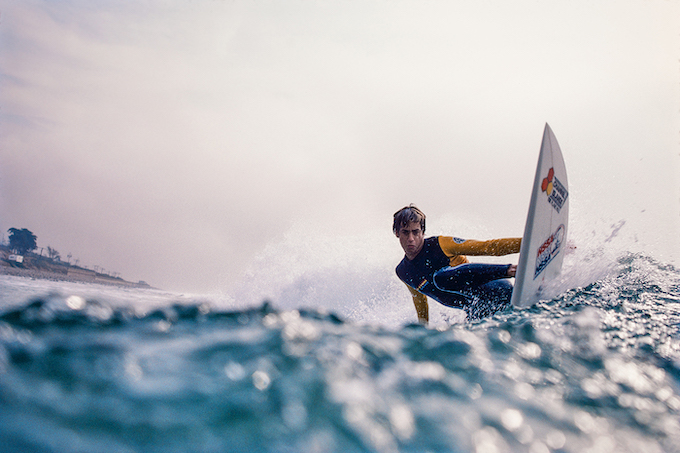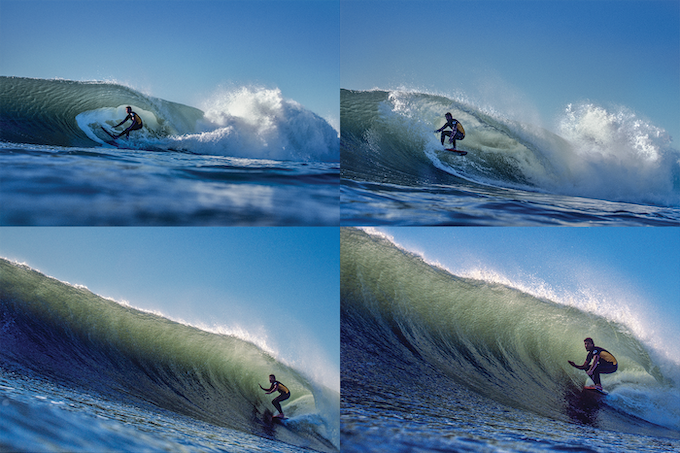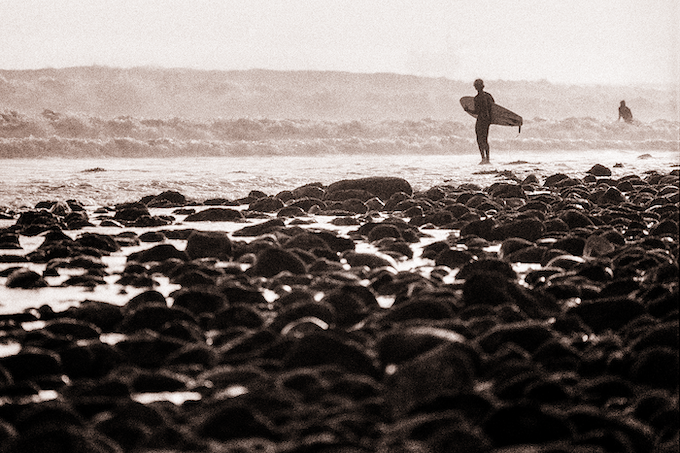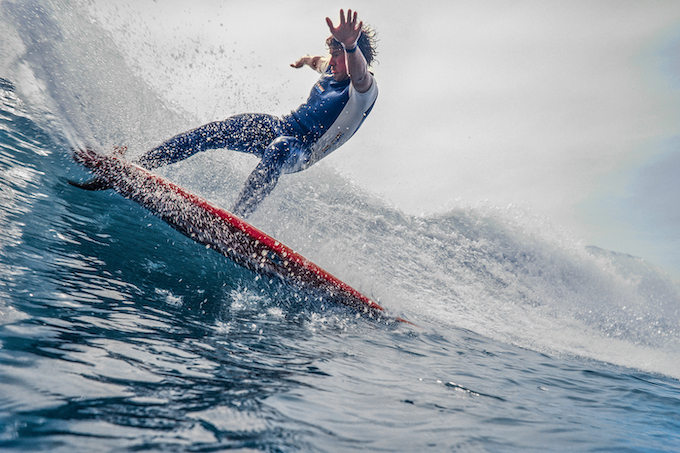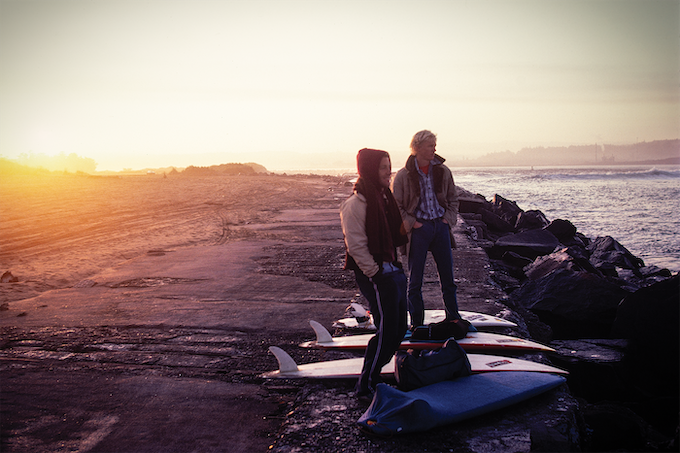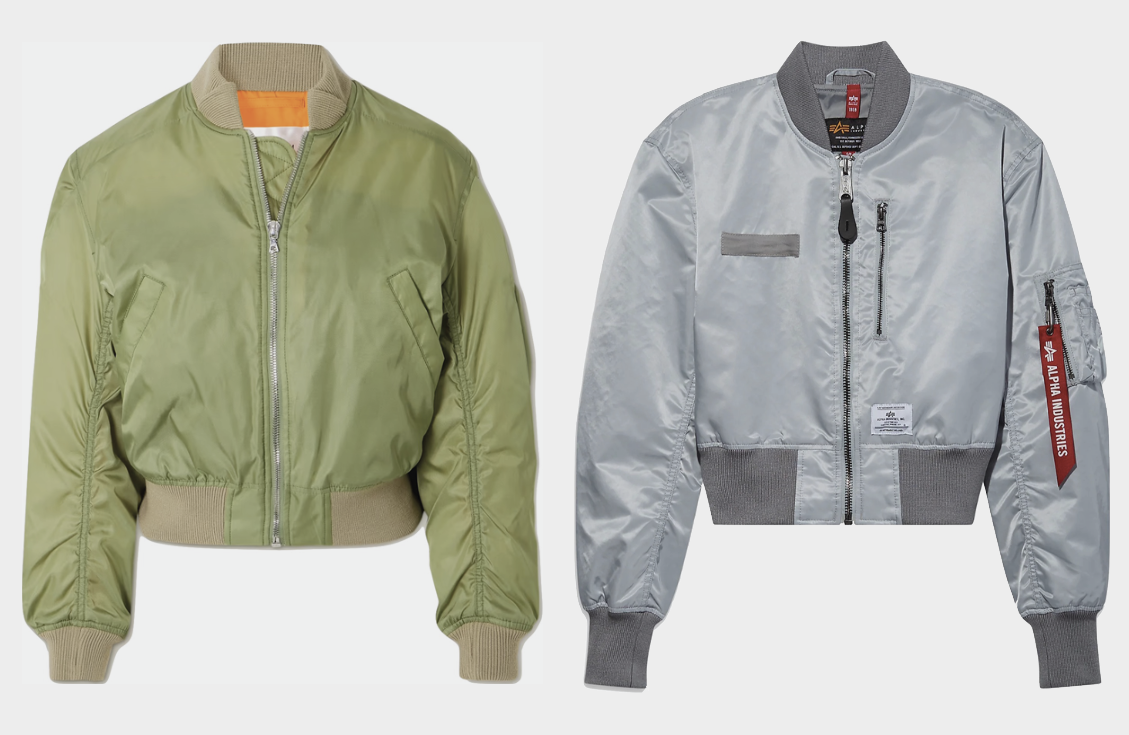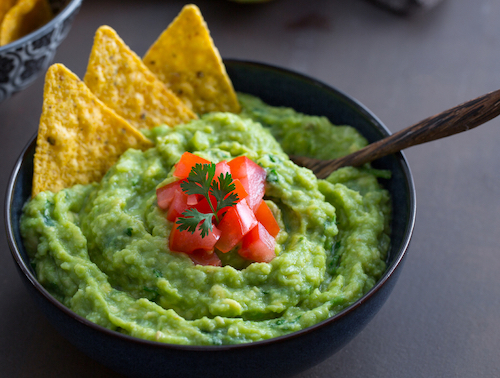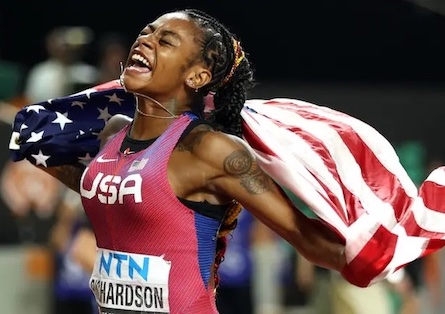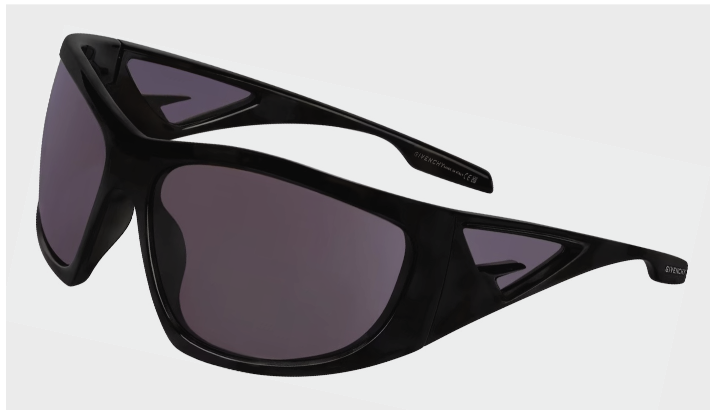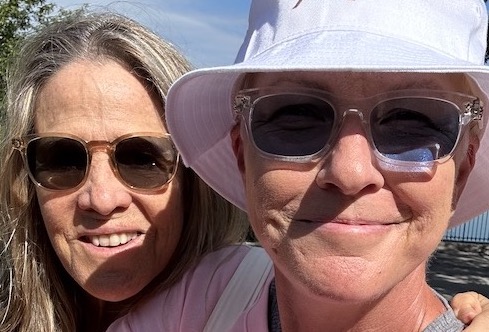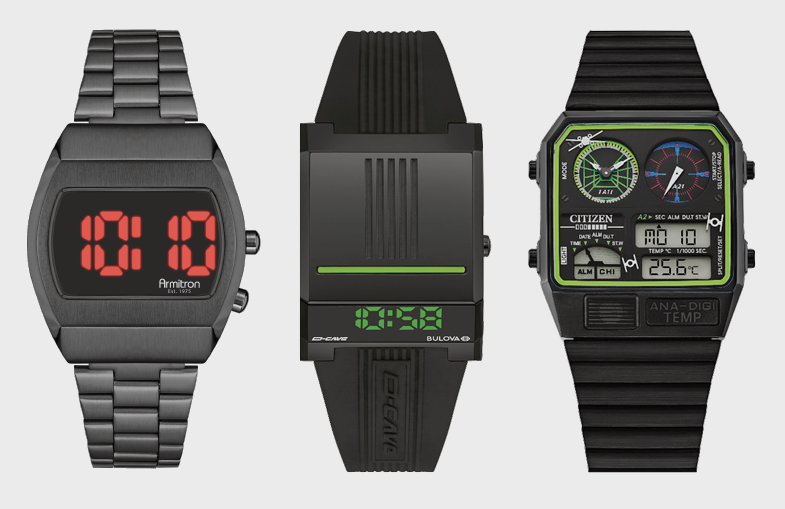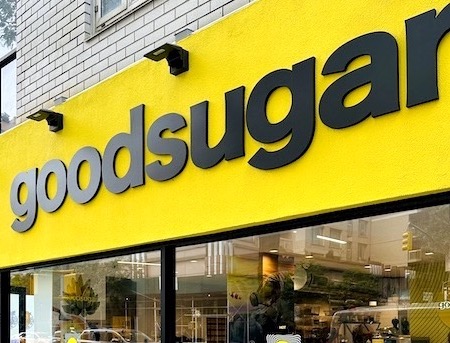FROM TOP: TOM CURREN, 1981; AL MERRICK AND STUDENTS, 1980; AL MERRICK WITH ONE OF HIS INNOVATIVE TWIN FIN SHAPES
Shaping Surf History: Tom Curren and Al Merrick, California 1980-1983, a new surf book from Rizzoli, documents a brief but influential period in surf history in Santa Barbara, California. It was an era that saw an extraordinary mix of innovation, individuals, and epic surf conditions on the back of a record-breaking El Nino — beautifully captured by author and photographer, Jimmy Metyko, in a visual encapsulation of one of the most fertile periods in the sport.
With dramatic action shots and personal vignettes, Metyko follows the rise of young legend-to-be and future three-time world champion Tom Curren, whose preternatural wave-riding abilities would help establish California at the forefront of contemporary surfing. He puts us on the waves with a remarkable view and insider’s perspective of the sport’s evolution embodied by this young surfer, whose singular style was enhanced by revolutionary board shaper Al Merrick of Channel Island Surfboards.
We recently chatted with Metyko about this era in surf history, his own evolution from surfer to photographer, and the compilation of work in his first book…
PRE-SPRINTER CREATION PARKED NEAR TRAIL TO HAMMONDS REEF; THE MORRIS FAMILY: DAD LEE, WILLY, STEVE, AND MOM SANDRA; WETSUITS DRYING ON STEVE MORRIS’S FIRST CAR, THE “GRAY GHOST”, 1967 BUICK SKYLARK PURCHASED FOR $200
STYLE OF SPORT: How did you get started taking pictures?
JIMMY METYKO: My family traveled a lot when I was a kid. We went everywhere. My father had every new camera that came out. He was that generation of tech nerd. He shot everything. My mom would dress me up in the garb of whatever country we were in. I hated it so much, and realized if I got on the other side of the camera I wouldn’t have to worry about it anymore. He didn’t care about snapshots but wanted pictures of my mother… in front of the Taj Mahal, Eiffel Tower, wherever we were. So it became my job to take those pictures. He’d say you’ve got to get your establishing shot, your closeup — basic travel 101 photography.
SOS: Your surf stories have those parameters too. You grew up in Houston, TX. How did you even get started surfing?
JM: I started surfing when I was 7. I grew up in Houston TX, but we had a summer home on the coast in Galveston, about an hour away. It wasn’t great surf but it was close. I would buy the surf magazines. Surfer and Surfing were considered the bibles, and anything you wanted to know about surf culture was in those two magazines. Hook, line, and sinker, I was a surfer the moment I got that first magazine. That’s all I ever thought about. It made no sense given where I grew up.
SOS: Tell me about your evolution into surf photography.
JM: From doing all this traveling and photography with my family, I got comfortable around cameras and eventually started shooting at home. It was kind of a fun thing to do. I started bringing my camera surfing. I was a really good surfer, but realized when I saw guys like Tommy (Curren) surf, and some of the other pros, as good as I could be, I’d never be at that very top level. I saw that I could probably contribute more and be a part of the sport as a photographer.
HEADSHOTS OF TOMMY FOR A MAGAZINE FEATURE WEARING “SURF GALVESTON” T-SHIRT; TOMMY SCRAPING THE COPING; WILLY MORRIS IN PERFECT TUBE SEQUENCE
SOS: How did your photographic style evolve?
JM: Being a visual person, and having the surf magazines be such a big part of my life, I was always looking at surf images and started to want to take them myself. I wanted to move out to California, and my father said yes but I would have to go to school. I’d heard about Brooks Institute, the photography and design college in Santa Barbara. I had spent my summers since I was about 14 going to the San Diego area and didn’t really want to go to Santa Barbara. We didn’t know much about it other than the Channel Islands blocked the swells, but that’s where my path took me.
SOS: And by chance Santa Barbara is where Tom Curren is from…
JM: It just so happened at that time Tommy was coming into his own, Al Merrick was coming into his own, and there was some of the best surf Santa Barbara had ever seen as a result of an epic El Nino. We had barely even heard the term El Nino back then. It all came together in this perfect storm. I was dedicated to capturing every single moment on film.
SOS: Tell us a little about Tom Curren and what made his surfing so special.
JM: I started photographing Tommy when he was 14, and what was phenomenal was how accomplished he was at that age. He had this preternatural ability to fluidly move from maneuver to maneuver without any of the typical awkwardness of youth. To go anywhere on a wave with flawless form and style usually takes 20 years to develop, but he had that then and progressed nonstop from that point. California was known for its surf lifestyle, but it wasn’t really conducive to competitive surfing – especially in Santa Barbara where the surf is so inconsistent. It’s one thing to be a California surf star, but to be a California world surf star just wasn’t happening. That’s what Tommy brought to the equation.
RINCON COVE; WILLY MORRIS; SEARCH FOR SURF, WAY NORTH OF THE GOLDEN GATE BRIDGE
“When shooting Willy from the water, you always wanted to avoid his spray, which hit you like rock salt blasted from a shotgun.”
SOS: And much of that was made possible by Al Merrick and the innovative boards he created for him.
JM: Santa Barbara was kind of behind what was happening in surfing and board shapes. The inconsistent surf kept it from progressing. Al had been making these new shapes in the mid-70’s for pros like Shaun Tomson, and started making boards for Tommy that were considered more competitive, like what you saw in Australia and Hawaii. These much shorter, very maneuverable boards matched his innate talent.
SOS: Your pictures capture him so incredibly with this close-up perspective that I love and rarely see in surf photography.
JM: The trend now is to be more pulled back, to show more of a scene, and create an ambiance. But this time period was known for its progression in surf photography as well. Tight surf photos became the sought after images. Motor drives were at best 3 frames per second, so a sequence where every image was good was kind of rare and valuable. Now motor drives are like shooting video and you pick a frame.
SOS: I always think that’s cheating. Your pictures have this wonderful grainy quality that do feel like old Super 8 movies.
JM: Everything was shot on Kodachrome 64 slides. I had to be careful now when I duped them for the book to maintain that authentic color and grain. When you get in and photoshop, you bring these images to life, but you don’t want to over-bring them.
SOS: Part of what I love about these images, and surf photographs from this era, is the style. The colorful wetsuits add so much to the images, as compared with the black wetsuits you see today.
JM: The Rip Curl wetsuits from the 80’s were the most beautiful. If you look at the images in the book, they highlight the surfer’s athleticism which really comes out with the big contrasting color panels. The style changed when Rip Curl started producing wetsuits in Japan. Making them with different color panels was the most un-cost productive way to mass produce. It became a business decision to stop.
SOS: Well the book captures it all in an incredible collection of images from this era. Great to talk to you and congratulations!
TO PURCHASE PRINTS AND SEE MORE:
JIMMY METYKO GALLERY (coming soon)
Shaping Surf History: Tom Curren and Al Merrick, California 1980-1983 to be published by Rizzoli September 2023. Author Jimmy Metyko, with contributions by Jamie Brisick, Sam George, and Tom Curren
